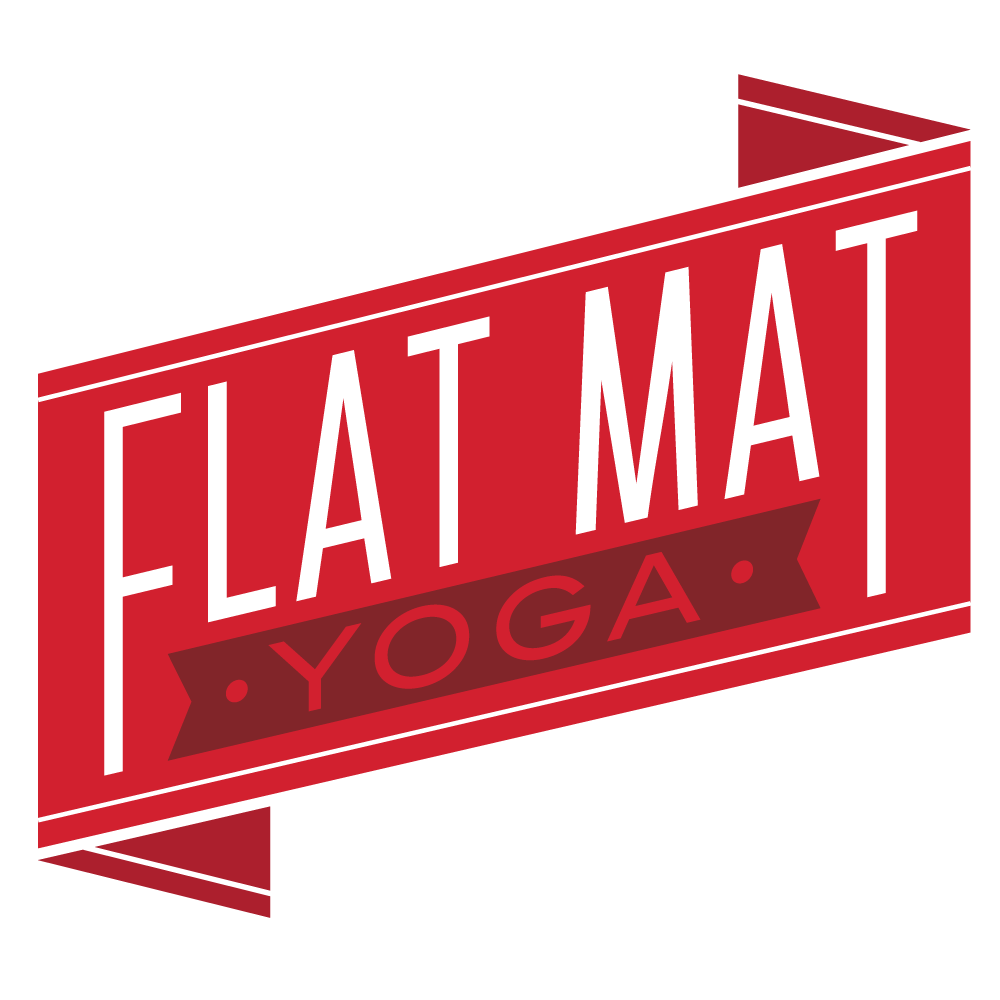
I know you want to “open” your hips. I know you want to feel that big streeeeeeeetch after practice. I know every instagram yoga challenge ever has been telling you that big dramatic movements are the way to go.
And I’m still going to say this:
Skaters, you’ve got to stop with the pigeon obsession, especially while you’re wearing your gear.
Note: For the sake of clarity, I’ll refer to pigeon throughout this post as “pigeon prep”; the name pigeon (kapotasana) actually refers to a super deep backbend.
Here are four reasons to quit pigeon prep, at least as a standard post-practice move:
1. If you’re trying to stretch the deep muscle piriformis, pigeon prep likely won’t get it.
 Wait…what? Yep, you heard me right. Pigeon prep probably isn’t going to get at piriformis, at least not most effectively, in the way it’s usually done.
Wait…what? Yep, you heard me right. Pigeon prep probably isn’t going to get at piriformis, at least not most effectively, in the way it’s usually done.
A typical pigeon prep (pictured at the top of this post) has the front hip in flexion (leg moving closer to torso), abduction (leg moving away from the other leg), and external rotation (knee and toes turned out to the side, like a mohawk turn). To stretch piriformis, the leg would need to be in adduction (leg moving closer to the other leg). Also, for many bodies, gluteus maximus (that awesome derby booty) will limit your range of motion–so you won’t even get to piriformis.
For a better option, check out my YouTube video about hip strength and stretch; the move at 13:00 is a great way to get in there.
2. Especially if you’re doing pigeon prep with your gear on, you have a more of a chance of screwing up your knees and ankles.
Your hips have a certain range of motion–how much depends on your individual bone structure and musculature. (Stay tuned for next week’s post about mohawk turns!) That means that if you ask your hips to “open” to a certain degree, and your hips can’t do it, something else will. That something is pretty much going to be the less stable joints: your knees or ankles. Which, as you know, are already taking a beating from roller derby.

I took my knee pad off so you can see the twisting that’s happening around my knee; the bending at my ankle is pretty obvious. In these photos, I’m supporting myself a lot with my arms so that I don’t drop too much weight onto my joints in these positions, but this is the type of position that I often see people move in when they’re on skates. As you can guess, it’s not so great for the knee and ankle joints. That’s why if you’re going to do a variation of pigeon prep, I recommend reclined pigeon.
3. When you stretch, you should only move in a range in which you have muscular control.
Flexibility isn’t so great when there isn’t the strength to support it.
How do you move into pigeon prep? Do you flop down into it? Can you hold yourself up–and fold–without using your arms?When you stretch into a range in which the targeted muscles–in this case, the glutes–can’t do their job, you’re creating excessive mobility.
If you want to have that badass strong derby butt, you need stability, too. If you practice pigeon, both holding and folding in it, without using your arms to keep you up and move you, you’re building flexibility within the context of strength–a much better option for athletes.
4. Sensation isn’t really your best guide.
We’re now learning that when we “stretch” our muscles, we’re actually interacting with our nervous system, not changing muscle length. In other words, your muscles aren’t really “tight”; your nervous system thinks that they are, so it responds with sensation to let you know what a safe range of motion is.
I’ll give you a moment to wrap your head around that one.
That means that someone who looks really flexible can still think their hips are “tight.” That also means that sensation isn’t really the way to tell that something needs to be stretched. And we’re not even talking about when there’s sensation or pain when you stretch, and it’s actually because you need to strengthen that muscle instead… (And that’s a good reason to see a physiotherapist who can help you figure out your muscular patterns, but that’s a whole other blog post or five.)
Basically, just because you feel sensation doesn’t mean you’re fixing “tight” muscles. And sensation isn’t what you should necessarily be seeking when you do yoga or stretch after practice.
I’m not saying that pigeon prep is always bad, and that there aren’t ways to do it safely! However, it’s not a fix-all, and it’s likely not doing what you think it’s doing.
Either way, pigeon prep with all your gear on isn’t really helping your joints.
Try the options listed above–reclined pigeon or cowface (13:00 into this video)–and see how they feel. Pigeon prep can be awesome, but it’s not a fix-all, and not the best way to keep your knees and ankles safe when you’re still in your gear.
